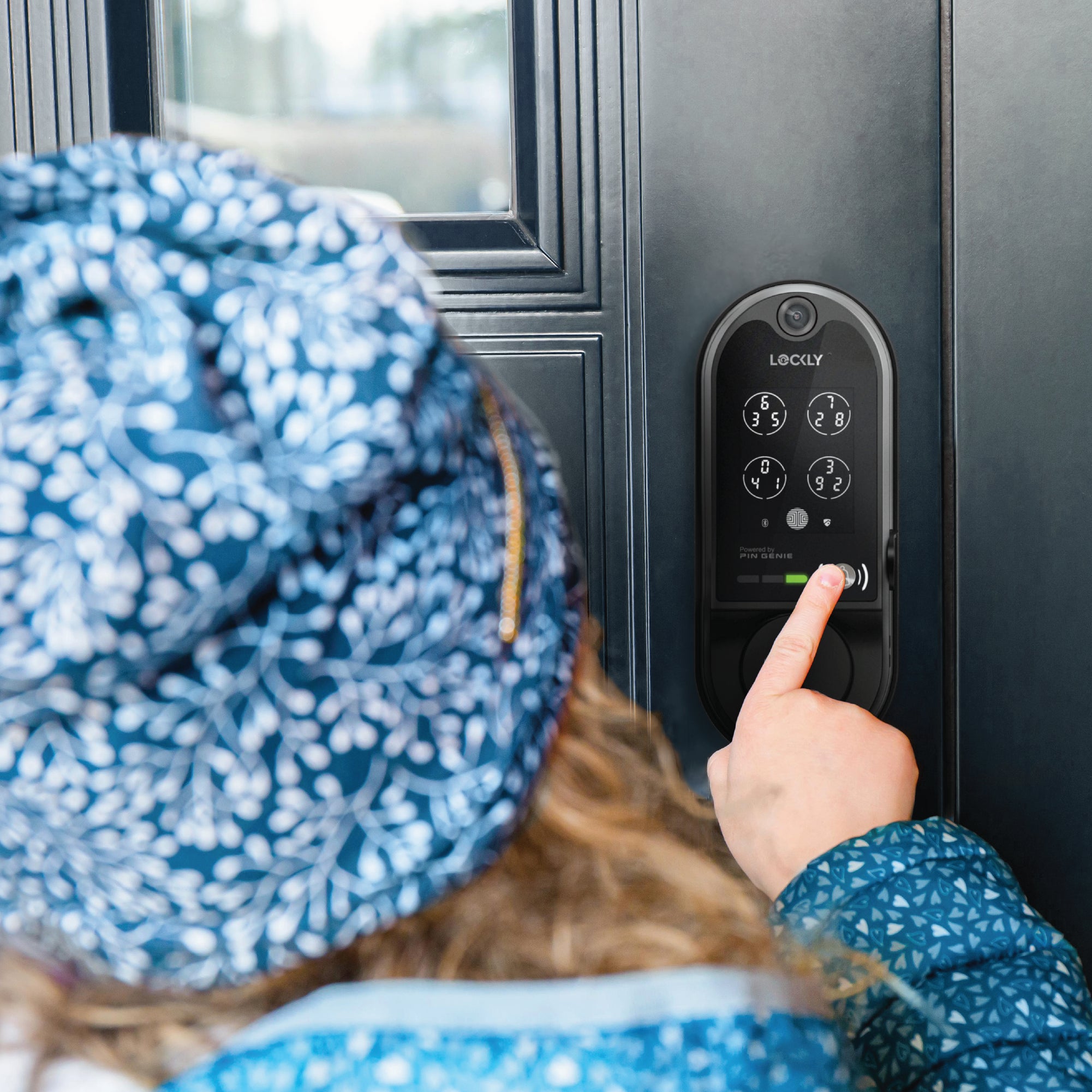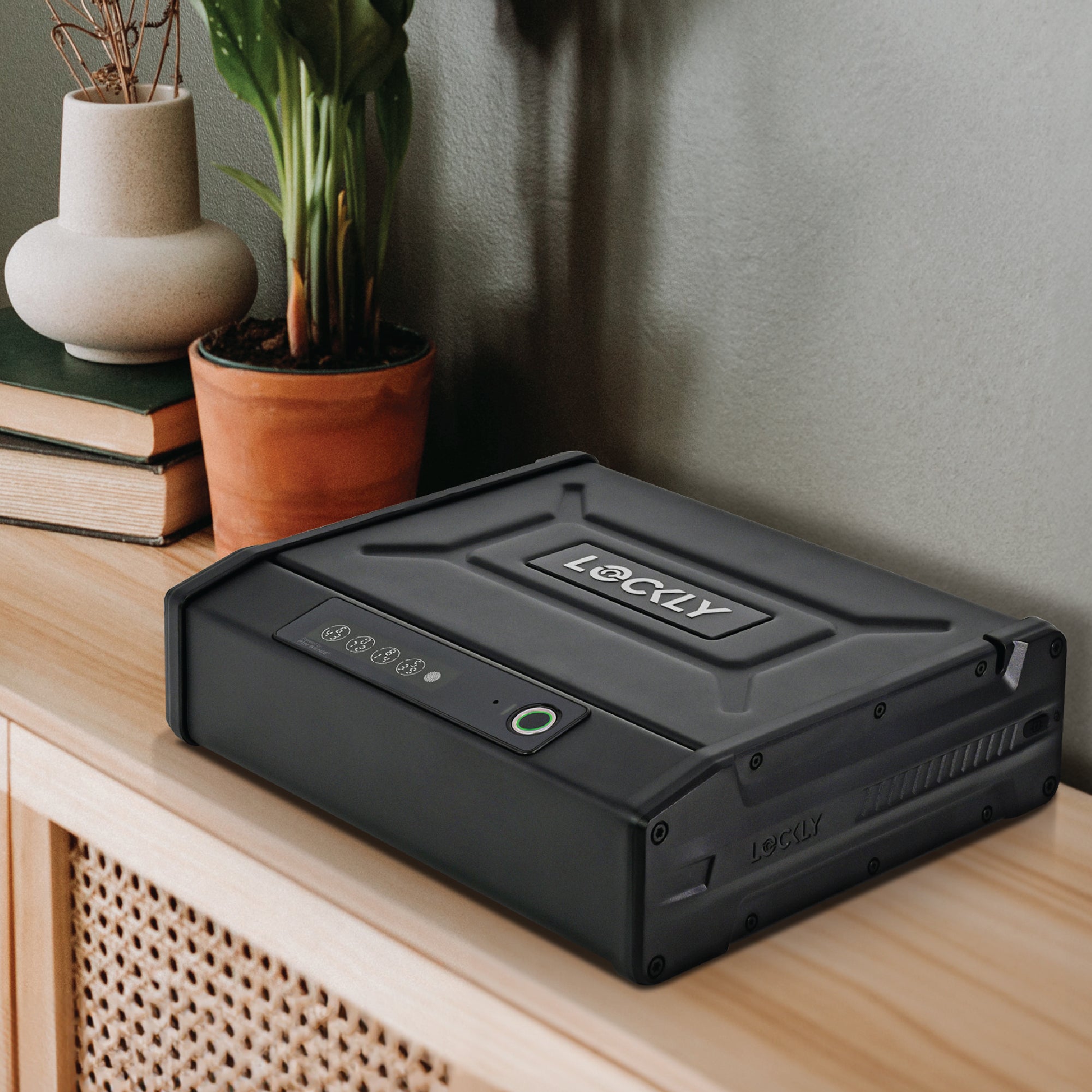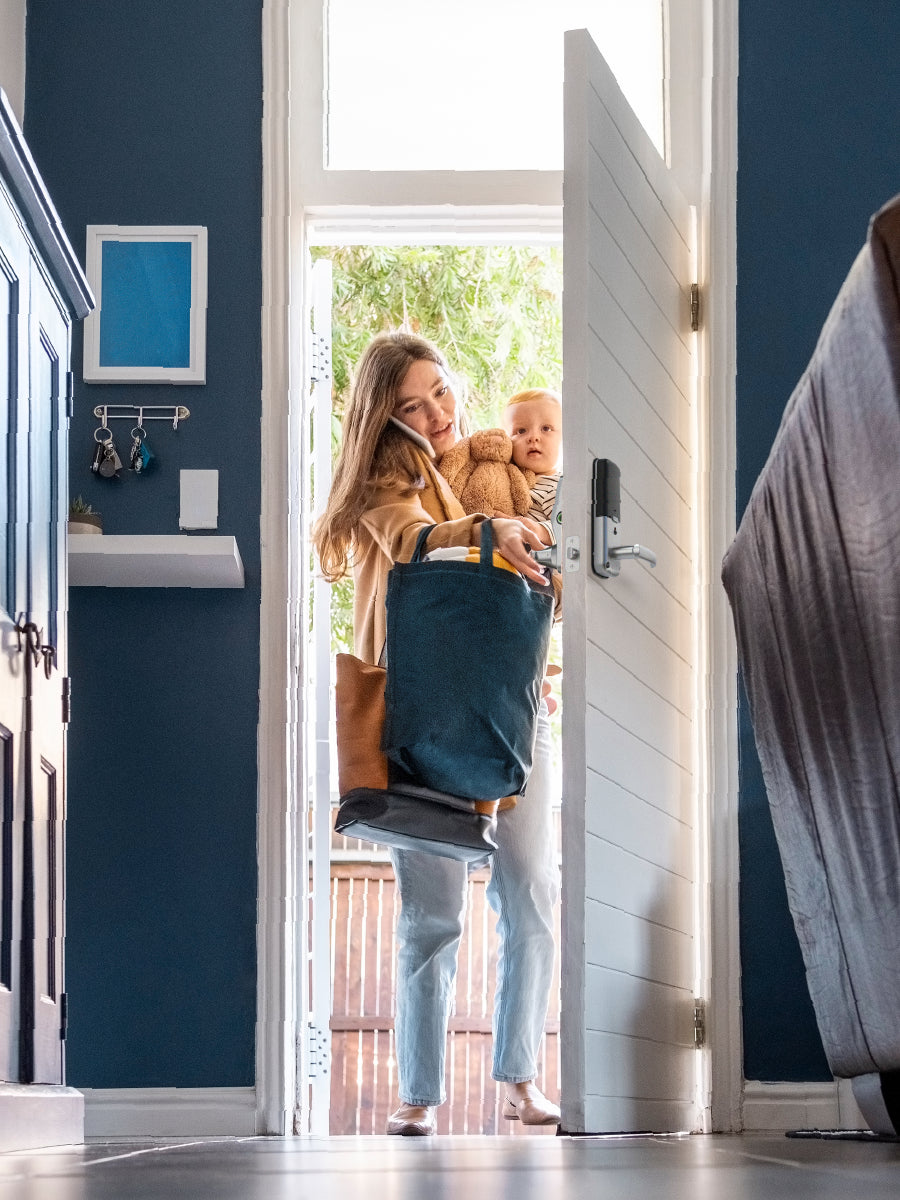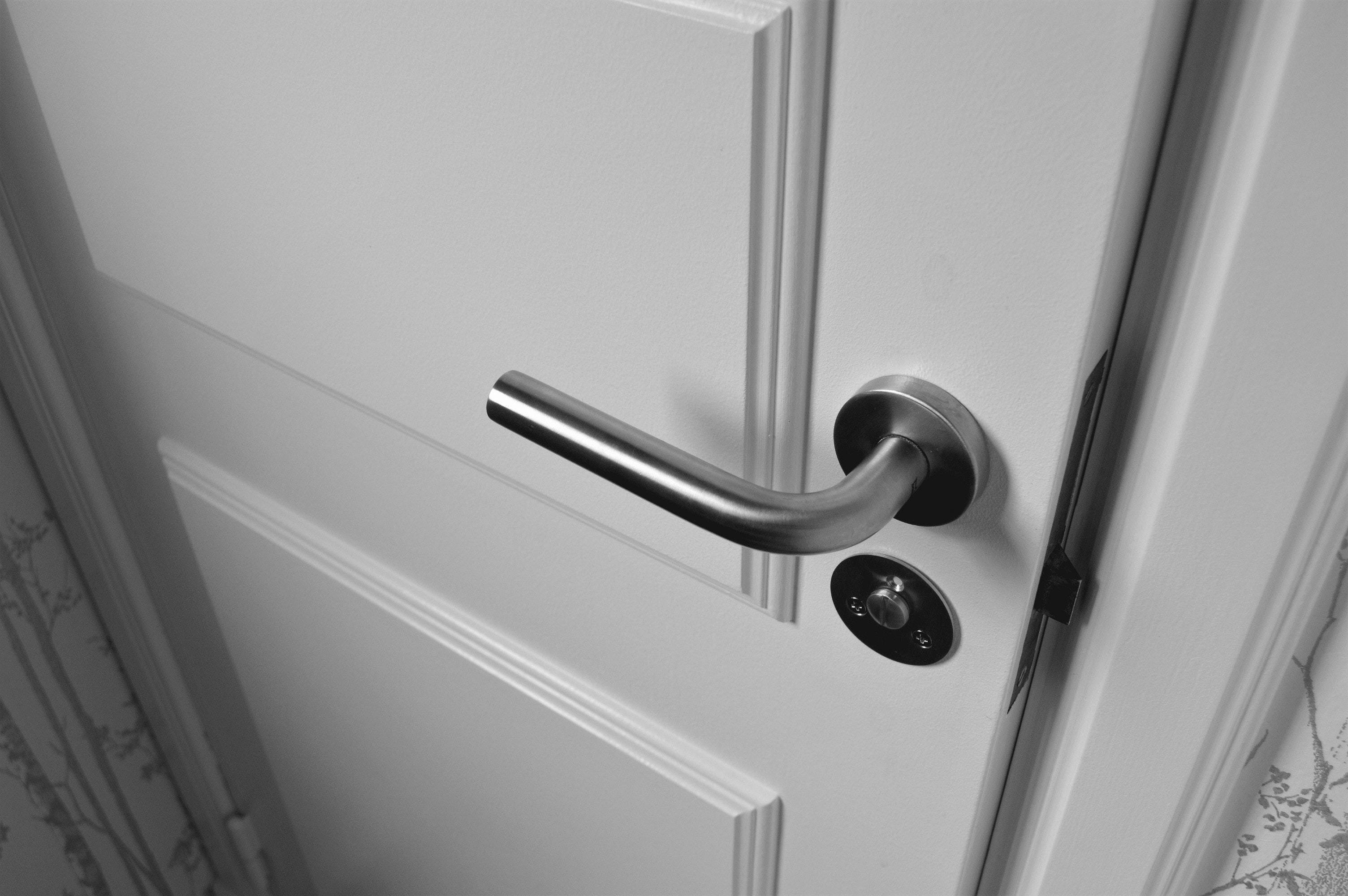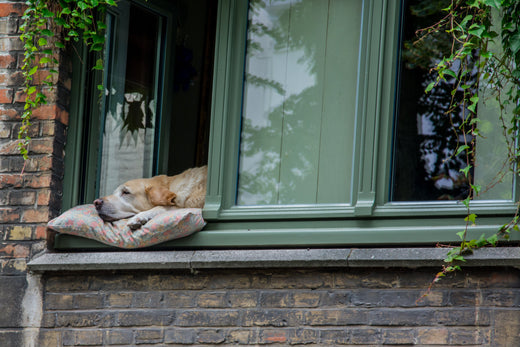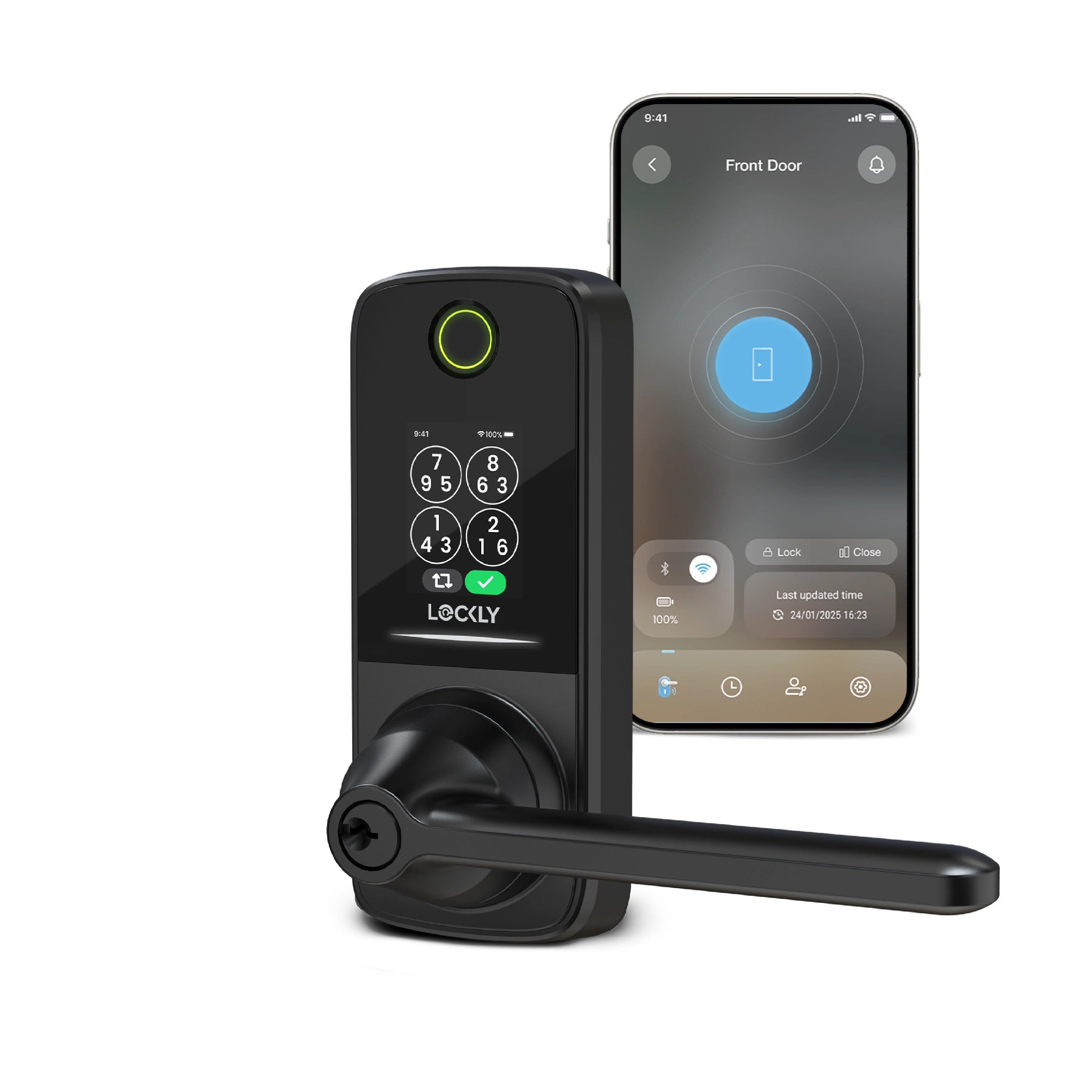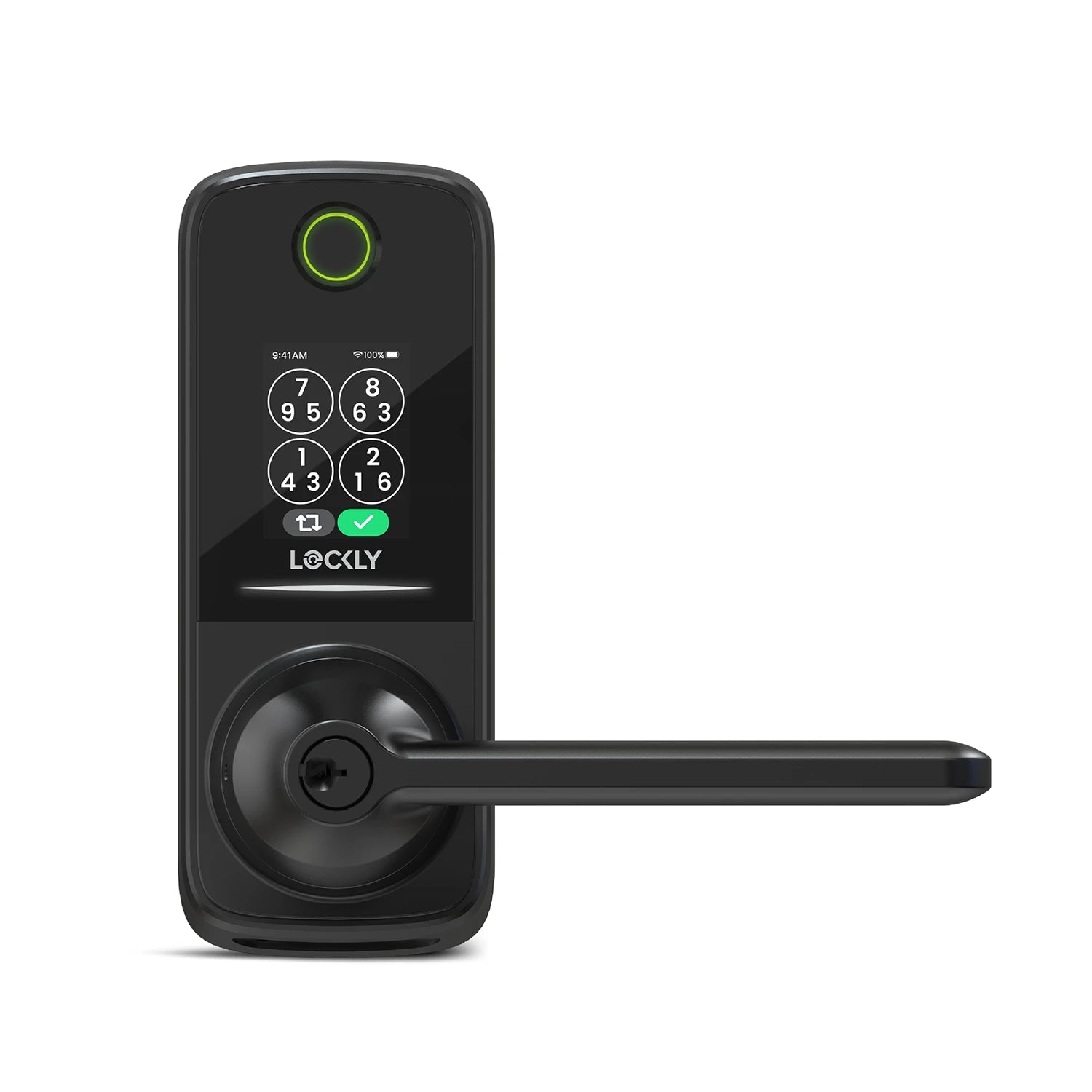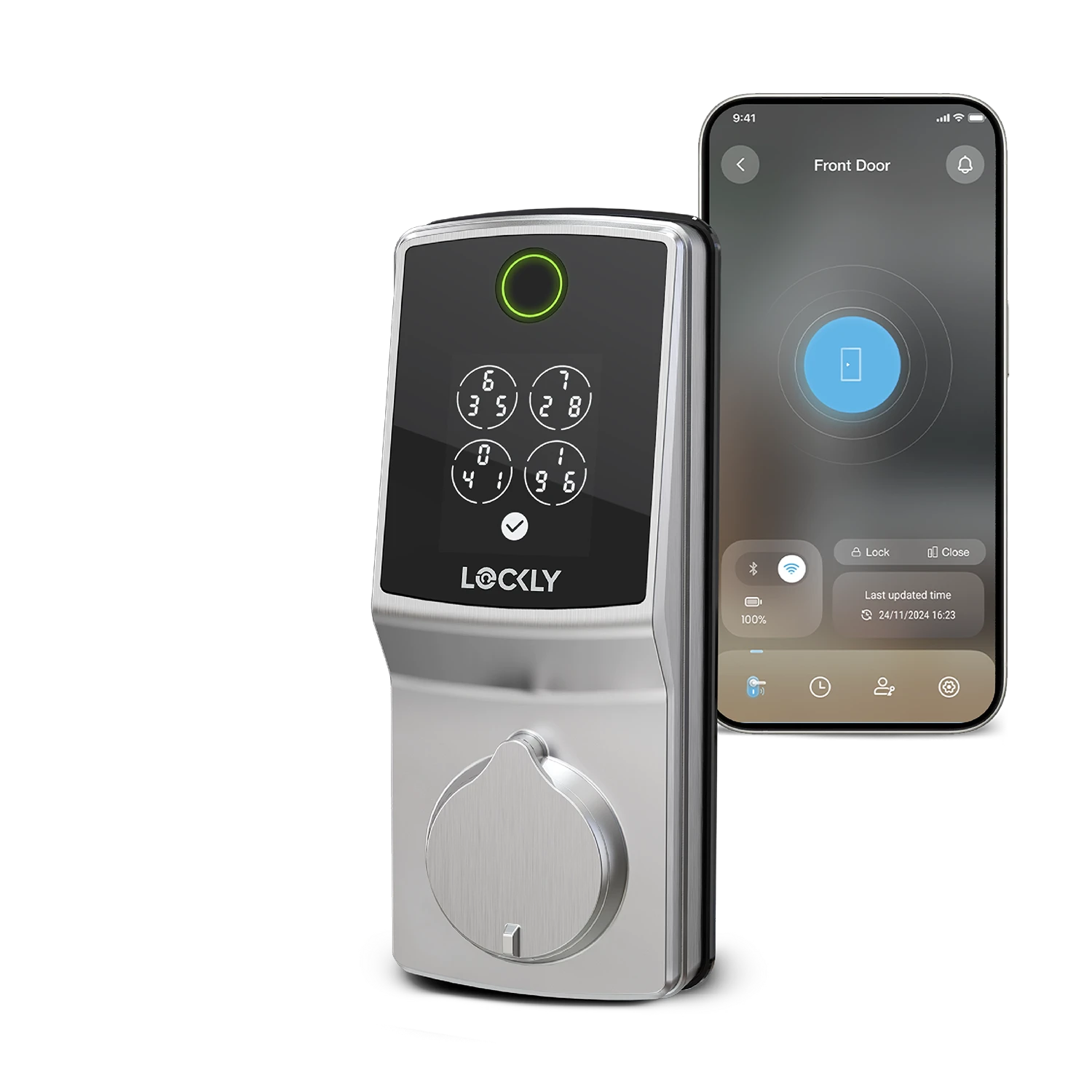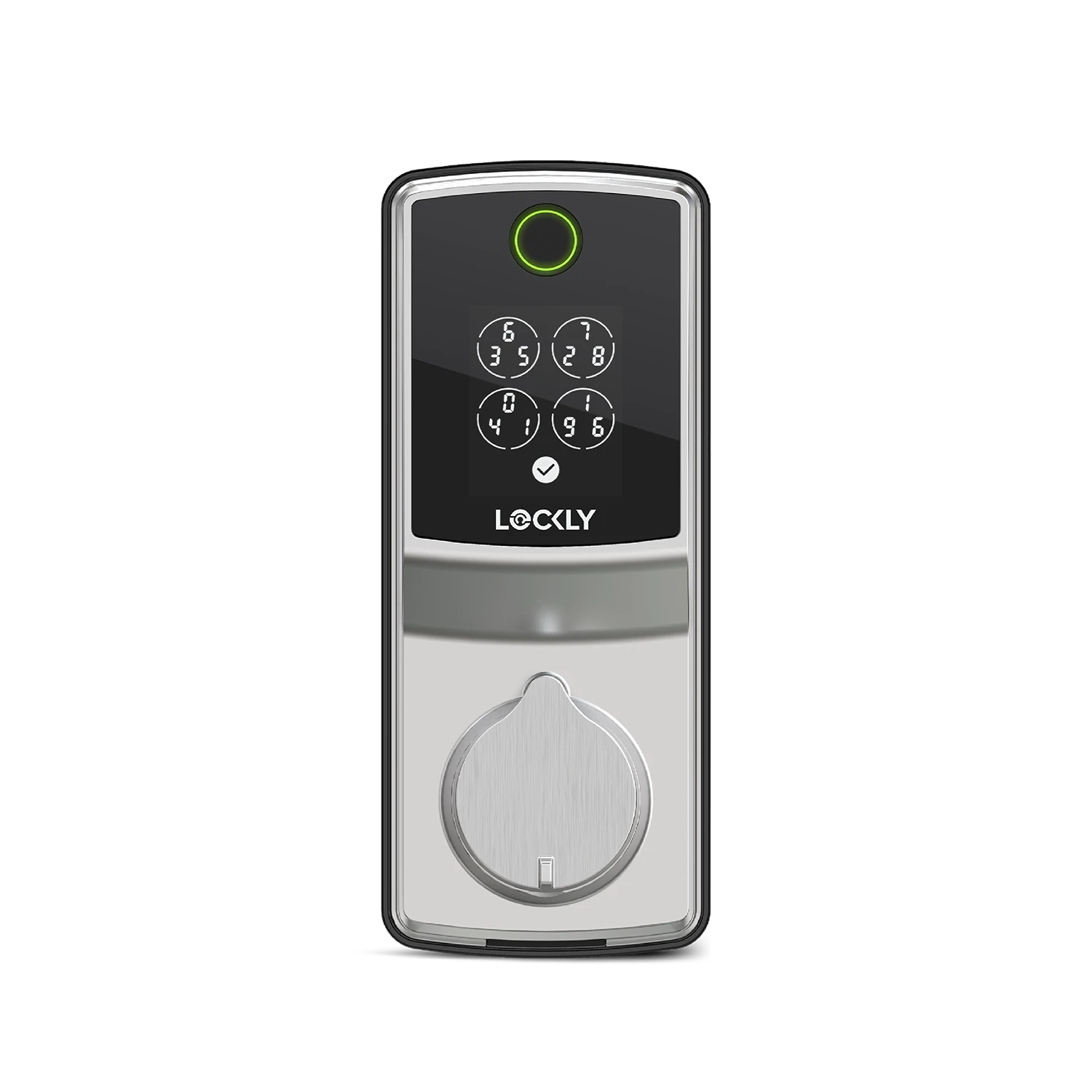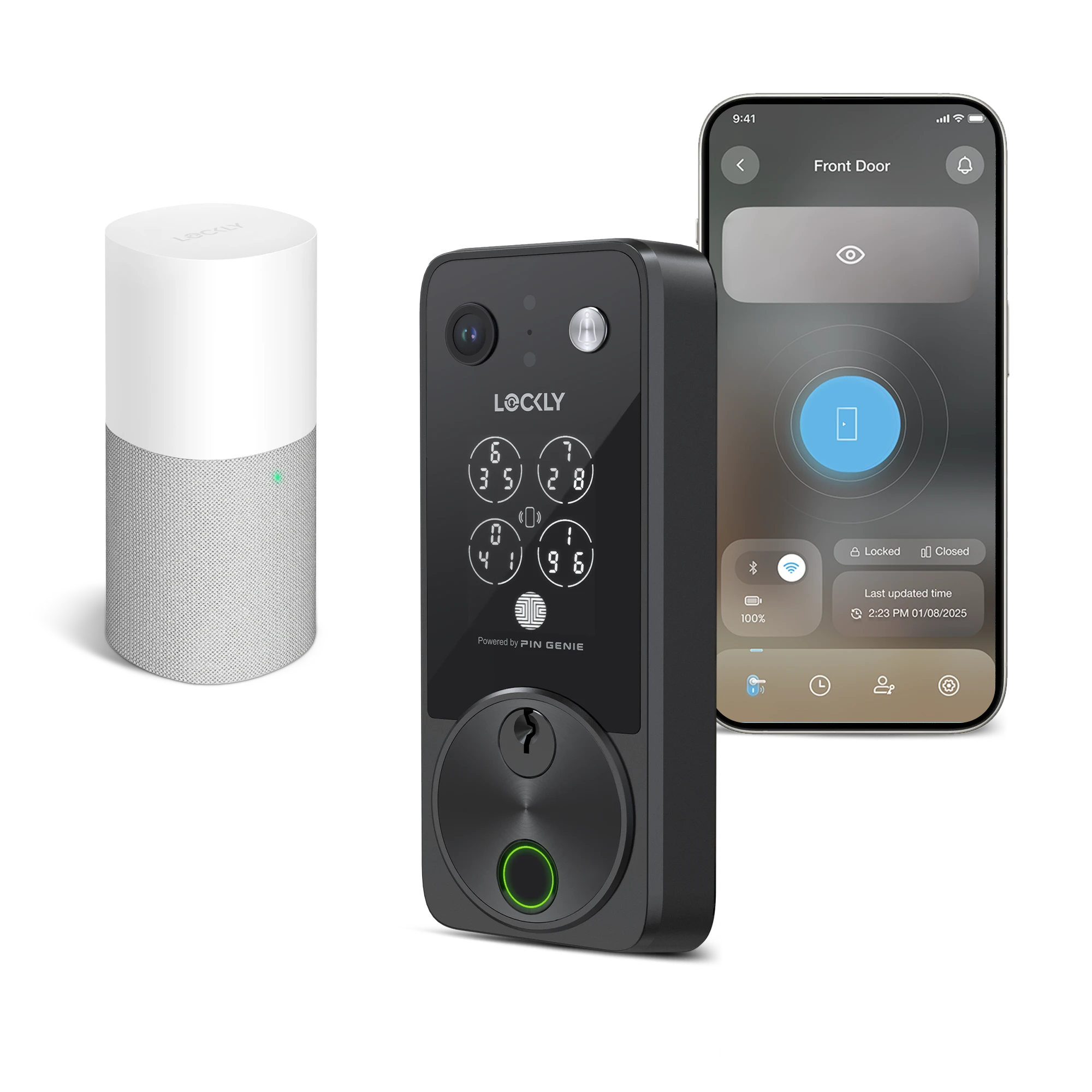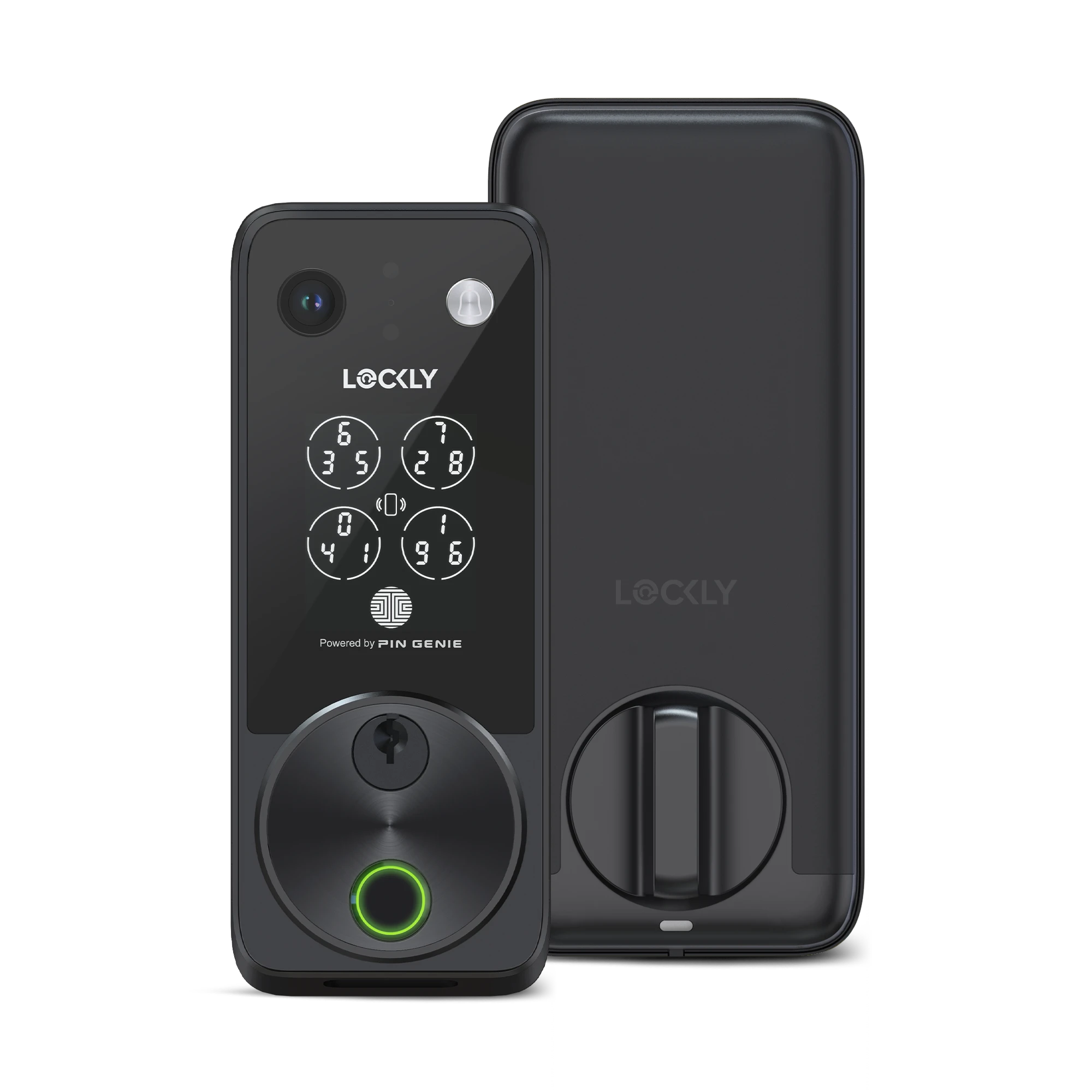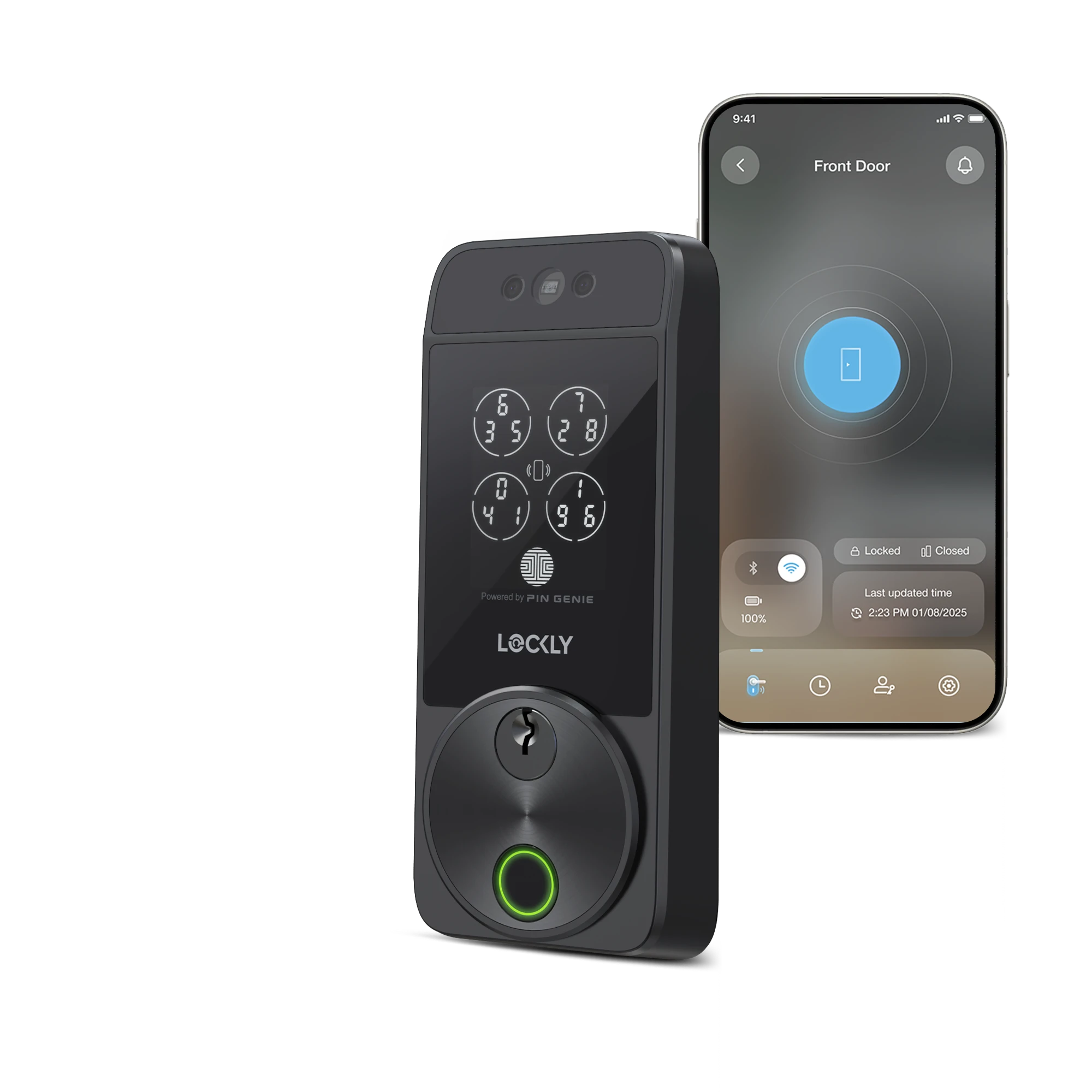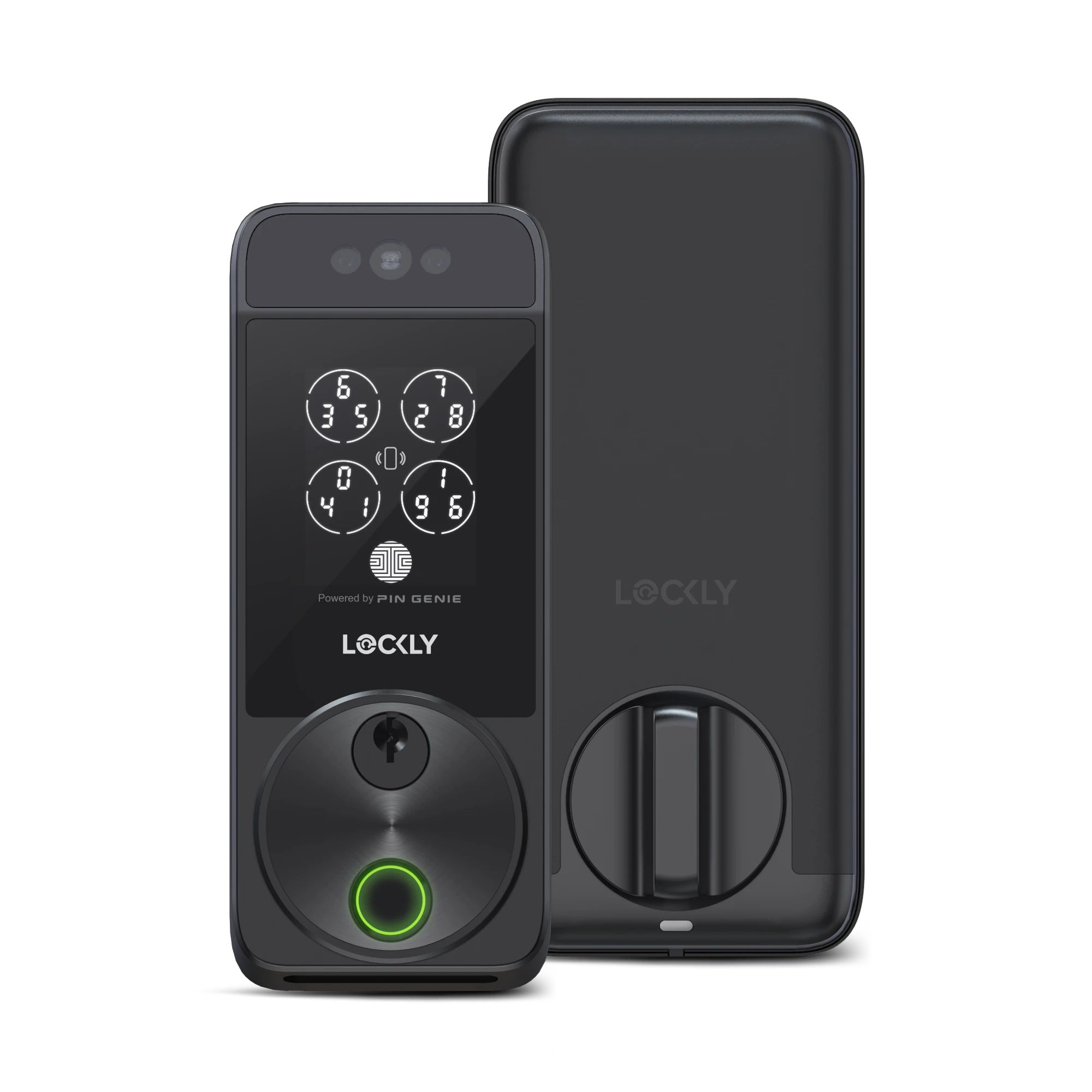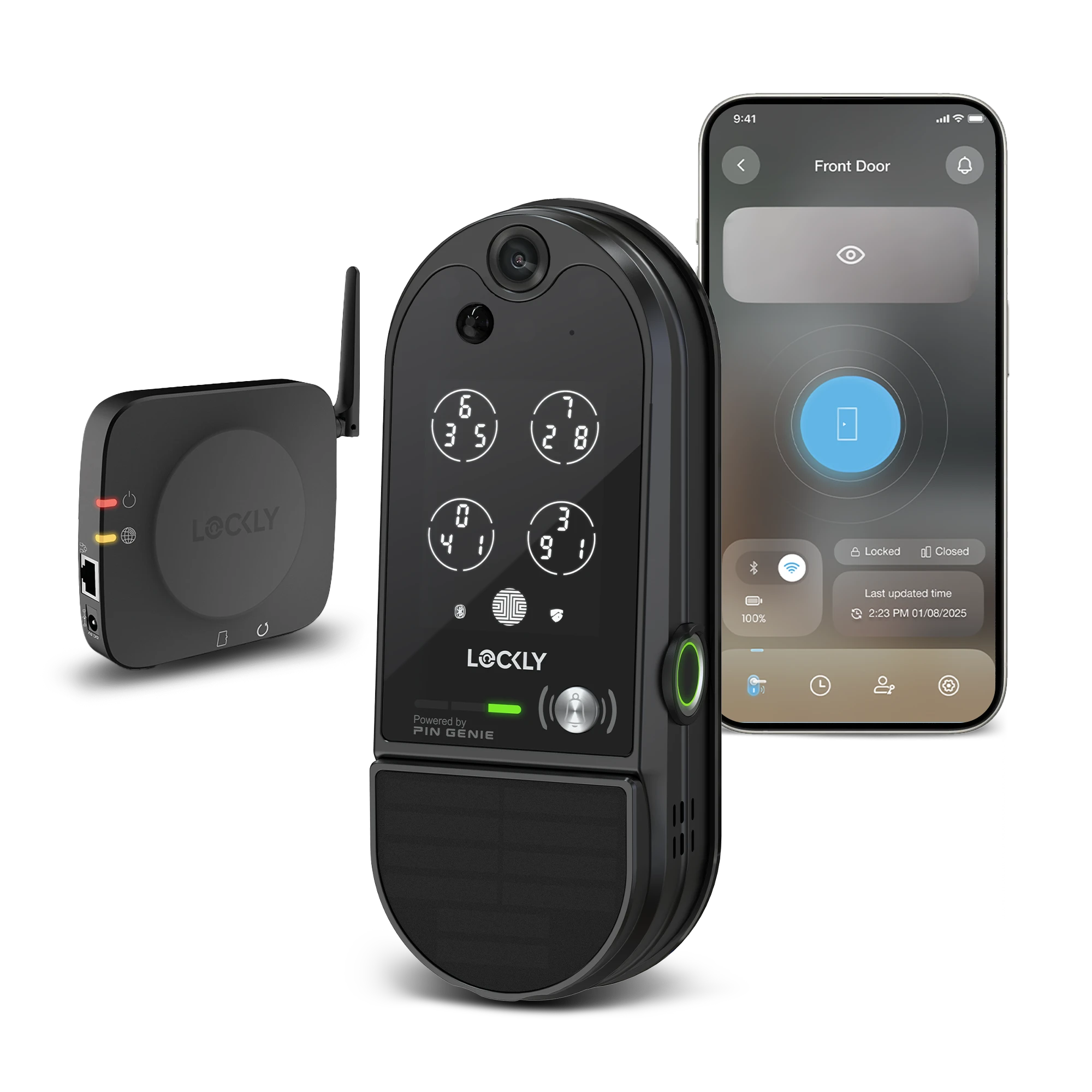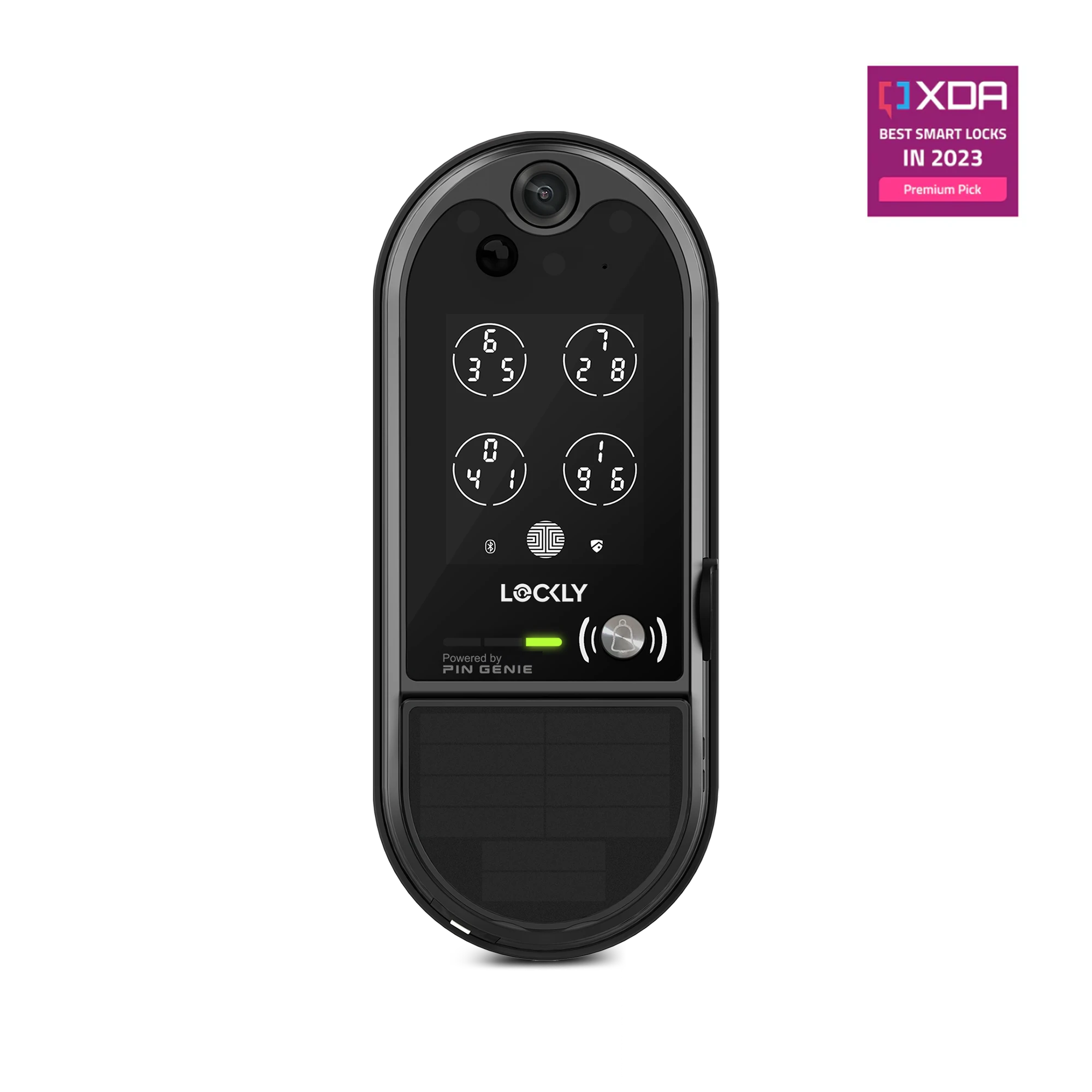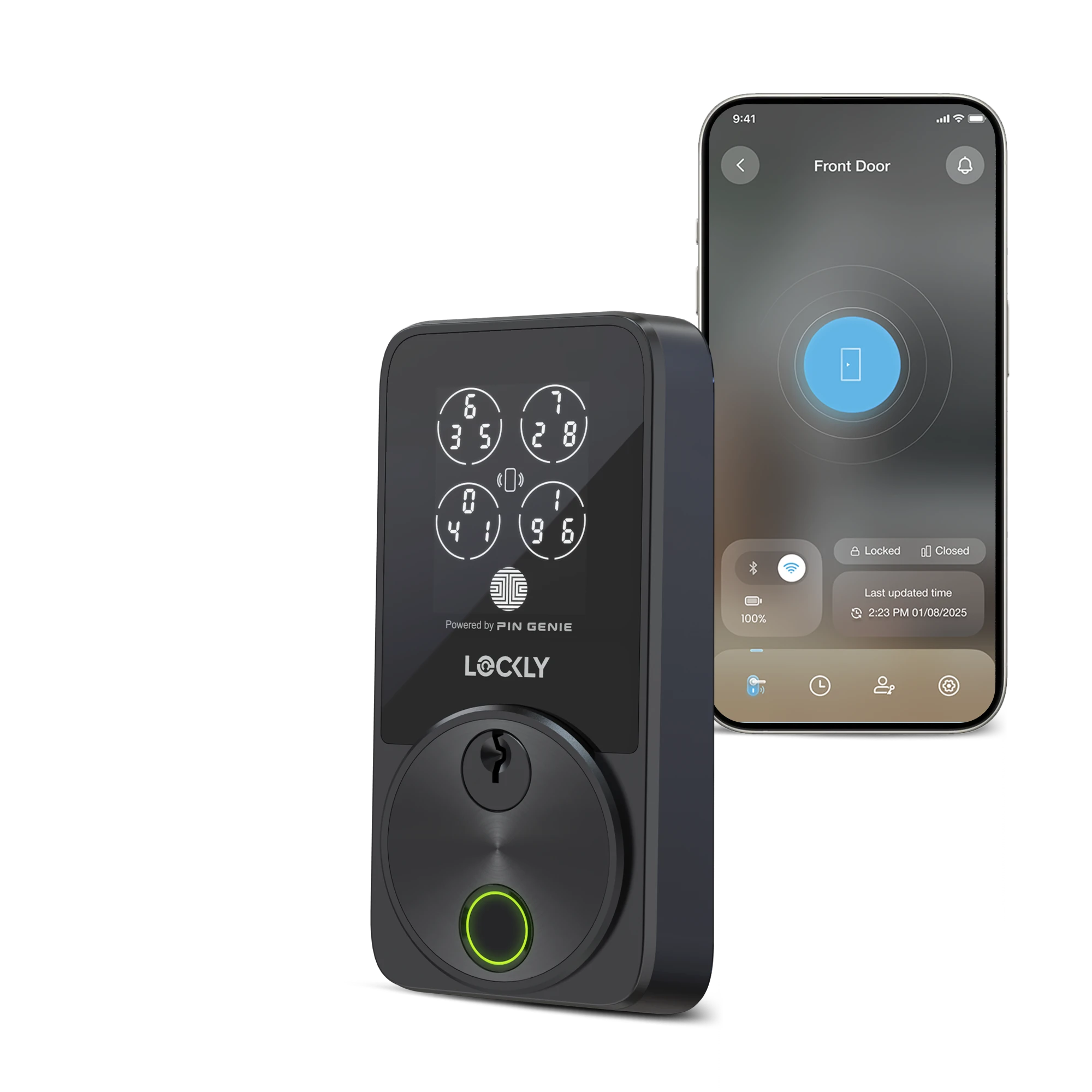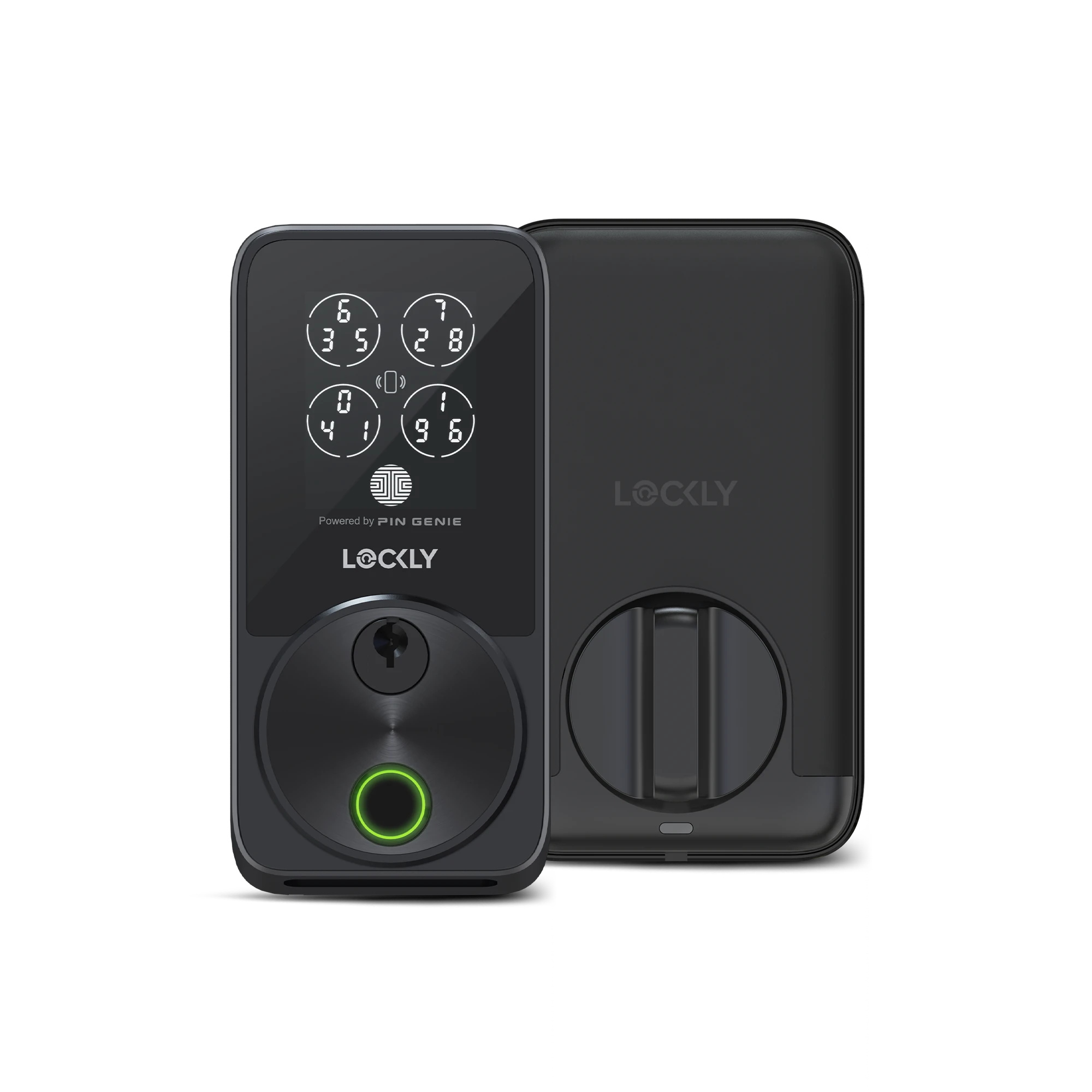Doors are an important part of any home or office. Not only do they protect us from burglars, but they also keep the warm or cold air out. Unfortunately, they are prone to problems just like other things. This includes alignment problems, rusty hinges, door swelling, hardware failure, faulty door frames, and faulty weather stripping. For doors with such technical issues, don’t feel hopeless. They can be fixed to be as new as the first month of use.
Doors can also have a risk to lose their structure. This is especially true for a wooden one. Doors in the bathroom or kitchen are more likely to get damaged than most entry solutions. Of course, they can be repaired. But getting them replaced with a new type is much better. From saving unnecessary costs to increasing aesthetic value, a sturdy and stylish option is a good investment.
Doors can last for years, but too much exposure to moisture lessens their longevity. As a homeowner, you’d ask yourself what’s wrong with your choice. Perhaps, you’d think you commit a big mistake. It’s all normal. The only thing you can do is to move on and replace it with a long-lasting one. Plus, gaining knowledge about the variety of options is a good start.

Interior Doors vs. Exterior Doors
The most common door is the interior door, as it is used everywhere throughout your home. It is constructed to be less expensive and lighter than other options because it’s not subject to abuse from strong elements such as an exterior door.
- An interior door is made up of a single material like an ordinary wood and fiberwood, and is usually hollow. An exterior door, on the other hand, is constructed with steel and metal. Some of its specific materials are not used in an interior door. An exterior door must be made strong enough not to be easily broken into.
- An exterior door is packed with some insulation to control electric bills. Manufacturers insert foam cores into steel doors to protect against winter colds and summer heat. An interior door is rarely insulated, though it can offer some protection from drafts.
- An exterior door needs to be heavier and thicker than its counterparts to provide holistic protection and withstand constant use. An exterior door is usually 1 ¾ inches thick, while an interior door is usually only 1 ⅜ inches thick.
- An exterior door is constructed with decorative panels on a single side, while an interior door has panels on both sides. It’s common to see the former with frosted glass panels.

Other Types of Doors
When it comes to selecting the perfect door for your home or office, the market offers a diverse range of materials and styles to suit every need and preference. Each type brings its own unique combination of durability, aesthetics, and functionality to meet specific requirements and environmental conditions. From the timeless appeal of wooden doors to the modern sophistication of glass installations, understanding the characteristics and benefits of each option can help you make an informed decision that balances beauty, security, and practicality.
Let's explore some of the most popular door types available today and their distinctive features.
Timber/Wood Doors
Wooden doors have been the leading option for many over the years. With their longevity, classic look and aesthetic appeal, it’s no wonder why homeowners add them to cart. It is best to install for exterior locations because of its durable features.
Glass Doors
Glass is another material for doors and windows for a paneling purpose. It is normally installed on the backside of the house because of unobstructed and aesthetic view.
Other popular types are steel doors, PVC doors, fiberglass doors, fiber reinforced plastic doors, aluminum doors, bamboo-jute composite doors, etc.
With the variety of options, choosing the right one is confusing. Work with a trusted company for a hassle-free shopping experience.
Where Traditional Doors Meet Smart Security with Lockly
In an era where door technology has evolved from simple wooden barriers to sophisticated entry solutions, the Lockly smart lock represents the next frontier in home security and convenience. While traditional doors face challenges like weathering, structural degradation, and security vulnerabilities, Lockly's smart lock system addresses these concerns while adding cutting-edge features that complement any door type – from classic timber to modern steel.
The smart lock seamlessly integrates with both interior and exterior doors, adding an extra layer of protection beyond the door's physical construction. Whether installed on a 1 ¾-inch exterior or standard interior door, Lockly's advanced security features enhance the door's protective capabilities without compromising its aesthetic appeal or functionality.
For homeowners seeking to upgrade their property's security while maintaining style and convenience, the Lockly smart lock bridges traditional door craftsmanship and modern security needs. It's a forward-thinking solution that not only protects against traditional break-in attempts but also brings doors (regardless of their material or construction) into the smart home era, ensuring peace of mind for years to come.

